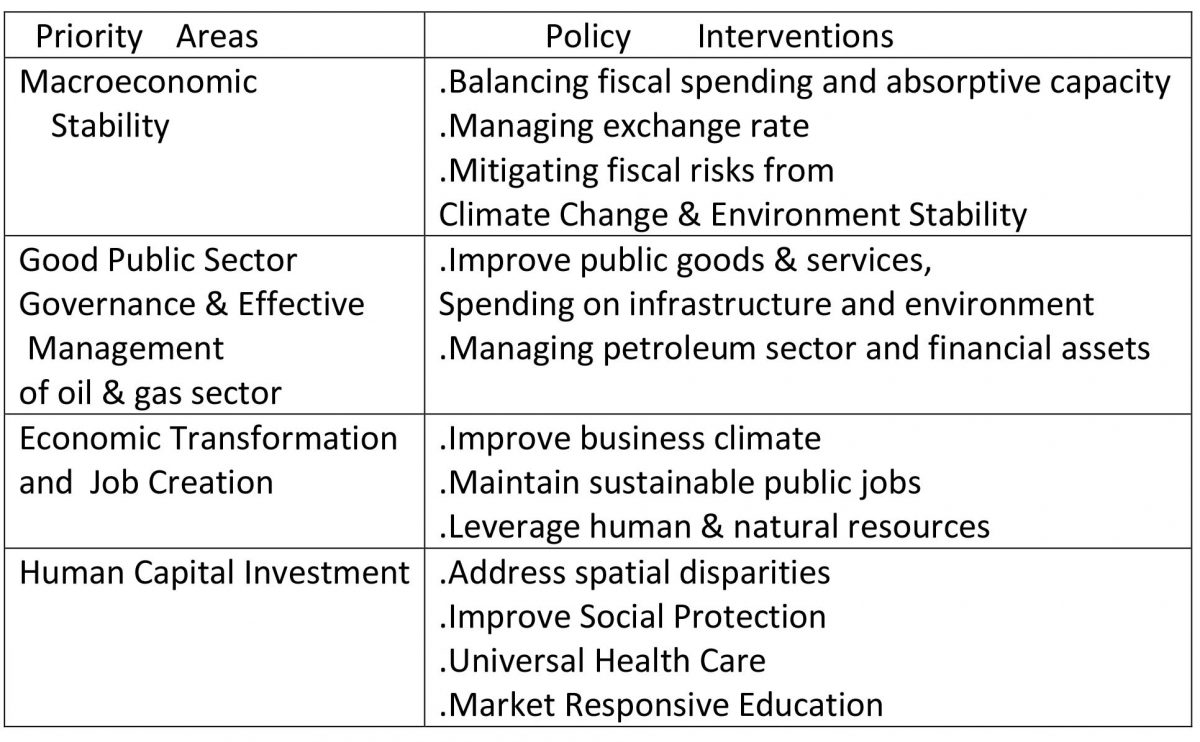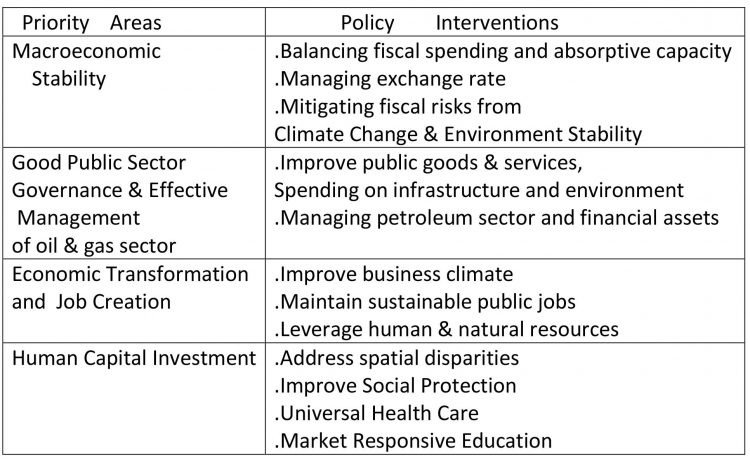Today’s column looks at chapters 5 and 6 of the Systematic Country Diagnostic (SCD). This wraps-up my presentation of this 2020 World Bank pioneering report on Guyana as the Americas’ newest petrostate. Its topics are respectively: Human Capital Development and Sustainable Poverty Reduction; and A Path to Sustainable and Inclusive Growth.
Chapter 5: Human Capital Development & Sustainable Poverty Reduction
If windfall oil revenues are linked to limited job creation and weak non-oil growth, then government spending and its distributive policies will drive the oil sector impacts on Guyana’s long-term development trajectory. Historically, Guyana has been unable to transform its well-endowed natural resources into inclusive growth; instead, reflecting decades of “jobless resource-driven growth”.
The SCD argues two dimensions of public spending determine outcomes; namely, 1] human capital [ health and education] and 2] social protection and cash transfers. Guyana’s human capital indicators are below the regional average with deep spatial and ethnic disparities. [especially basic health care, drinking water, sanitation, maternal and child health].
Further, Guyana’s geography [sparse population and scattered remote interior communities] reduces the rate of return on infrastructure investments while raising the cost of delivering basic services. The SCD notes that “international experience in the region and beyond suggests increased spending will not necessarily improve health and education outcomes unless it is accompanied by good governance, strong institutions, and effective oversight mechanisms”.
Complementary, the SCD advises strong social protection to address distributional equity and weak oil sector impact on jobs, growth and poverty reduction. Guyana’s current social protection programmes are deemed inadequate and poorly targeted. The SCD therefore recommends social protection programmes financed through the normal budget process to ensure their sustainability and avoid politicization. Social protection programmes must also assess the limitations of the government’s institutional capacity, and safeguards are required to prevent abuse.
The SCD asserts that a fair distribution of oil wealth and poverty reduction requires: 1] progressivity of spending and 2] adequate institutions. The chapter highlights the current progressivity level of redistributive policies and the impact of oil revenues on poverty reduction are limited.
Chapter 6: A Path to Inclusive and Sustainable Development
This chapter is rich in detailed policy, regulatory, institutional and programmatic guidance and proposals that identify the path to inclusive and sustainable development. Unfortunately, I cannot hope to do justice to the chapter in the remaining space. Consequently, I capsule in Schedule 1 an adapted version of a similarly titled table in the chapter. This offers a succinct Road Map of the priority areas for proposed interventions identified in the SCD.
Priority Area /Intervention 1
The first listed priority area in the SCD is macroeconomic stability. Adapting a common definition, by this is meant: a situation where real macroeconomic output in Guyana is decomposed into a trend and a cyclical component, where the variance of the cyclical series measures departure from economic stability. Imbalances within and between national accounts components [for example, income and output; government spending and revenues; exports and imports; savings and investments] identify instability. Similarly, inflationary price behaviour, falling output and employment, deteriorating exchange rates and such other signify macroeconomic instability. Further, as readers know well, oil prices are notoriously volatile and the demand and supply determinants of this have global ramifications.
For this priority area there are three major policy interventions. First, balancing Guyana Government spending against both the spending capacity of the public sector and the absorptive capacity the economy [that is, its ability to produce without encountering unavailability of productive factors [labour, land, finance, skills, related materials and services]. Absorptive capacity is measured as Guyana’s potential growth at full employment of all productive factors.
Second, managing the Guyana dollar exchange rate requires a competitive real effective exchange rate, REER and sterilizing large private capital inflows and export and import expansion; a difficult operation.
Third, mitigating climate transition threats to the environment through fiscal spending on mitigating infrastructure and institutions.
Schedule 1 Policy Areas and Policy Interventions
Source, World Bank SCD 2020
Priority Area / Intervention 2
The second priority area the SCD listed in the Schedule is, Good Public Sector Governance and Effective Management of the Oil and Gas Sector. Two major interventions are identified; namely 1] Improving public spending on its provision of goods and services along with infrastructure and the environment and 2] managing the oil and gas sector and financial assets. The SCD advises that, these two interventions are crucial if Guyana is to avoid the economic perils linked to the resource curse and the societal dangers linked to breakdowns in social cohesion, given the nation’s plural ethnic composition.
Good governance, including inclusive, participatory, public outreach, consultative and other trust-building mechanisms are advised as essential complements to modernized laws, regulations, procedures, and institutions.
Priority Area/ Intervention 3
The third priority area of the SCD is listed as, Economic Transformation and Job Creation. This has three interventions namely; 1] improve business climate 2] maintain sustainable public sector jobs and 3] leverage human and capital resources.
The SCD stresses that, economic diversification away from consolidating the nation’s dependence on oil and gas is the only means of preempting a meltdown into a rentier state and the economic [resource curse] and social costs of this over-reliance on oil revenues. Investment in infrastructure, high value added sectors
Conclusion
Space constrains me to consider priority area 4 next week and provide concluding observations on the SCD.








